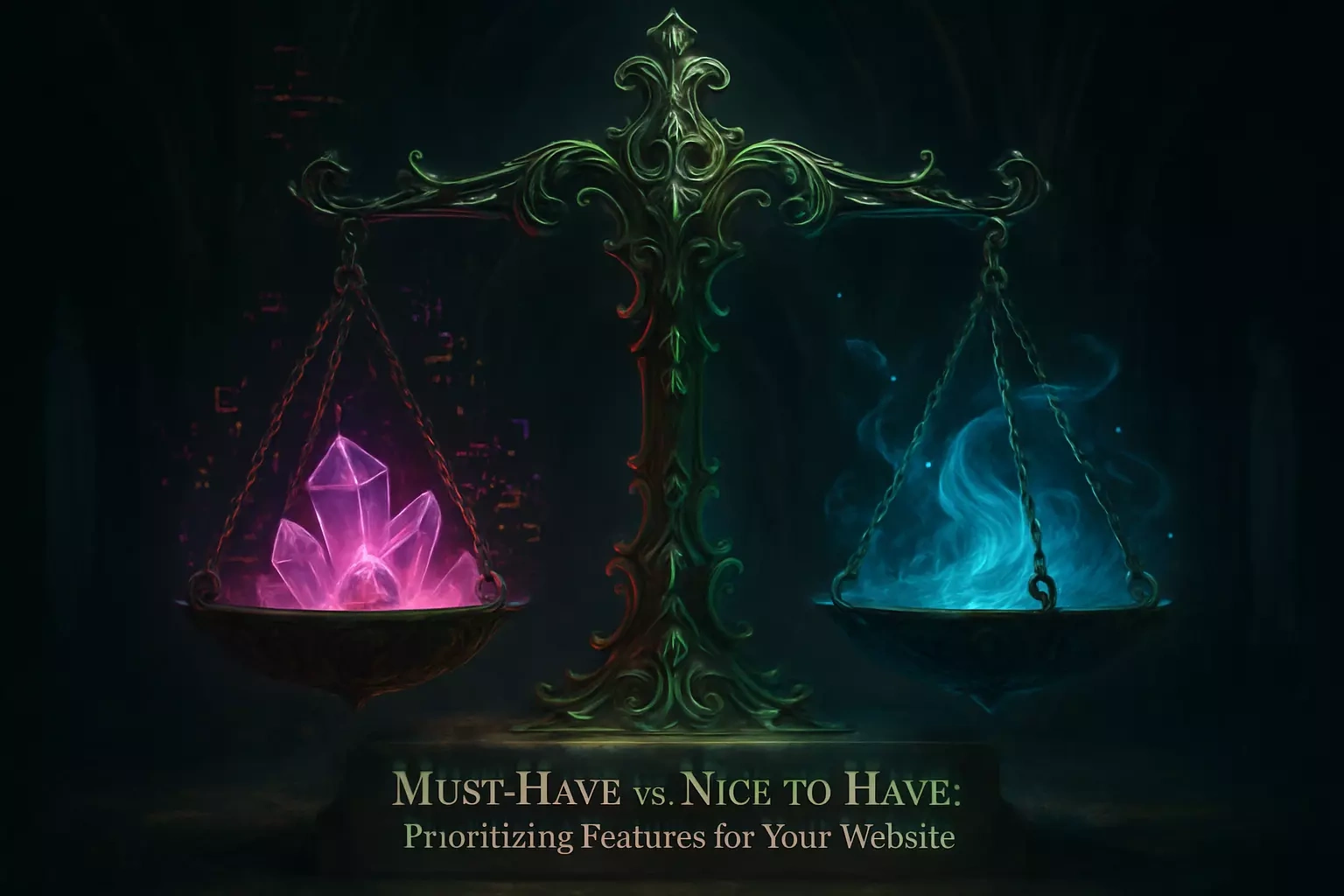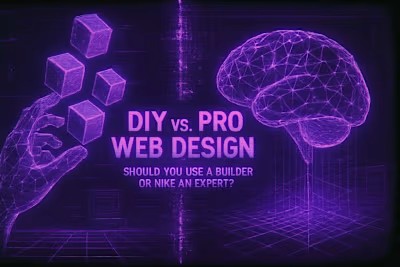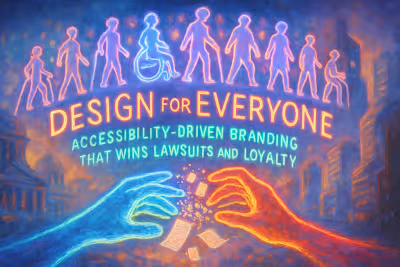Must-Have vs. Nice-to-Have: Prioritizing Features for Your Website

Must-Have vs. Nice-to-Have: Prioritizing Features for Your Website
The Core of Every Great Website: Universal Must-Have Features
Mobile-Responsive Design
Fast Loading Speed
Clear Navigation and User-Friendly Layout
Security (SSL Certificate)
Easy-to-Find Contact Information
A Framework for Prioritization: How to Choose Your Features
Start with Your Core Business Goals
The MVP (Minimum Viable Product) Approach
The MoSCoW Method (Must-have, Should-have, Could-have, Won't-have)
Common 'Nice-to-Have' Features (That Can Often Wait for Phase 2)
Advanced Search Functionality
An Integrated Blog
Customer Login Portals
Complex Animations and Interactions
Building a Phased Roadmap for Your Website's Future
Your Launch is Just the Beginning
Using Analytics to Guide Phase 2
Communicating Your Roadmap to Your Designer
References
Must-Have vs. Nice-to-Have: Prioritizing Features for Your Website
The Core of Every Great Website: Universal Must-Have Features
Mobile-Responsive Design
Fast Loading Speed
Clear Navigation and User-Friendly Layout
Security (SSL Certificate)
Easy-to-Find Contact Information
A Framework for Prioritization: How to Choose Your Features
Start with Your Core Business Goals
The MVP (Minimum Viable Product) Approach
The MoSCoW Method (Must-have, Should-have, Could-have, Won't-have)
Common 'Nice-to-Have' Features (That Can Often Wait for Phase 2)
Advanced Search Functionality
An Integrated Blog
Customer Login Portals
Complex Animations and Interactions
Building a Phased Roadmap for Your Website's Future
Your Launch is Just the Beginning
Using Analytics to Guide Phase 2
Communicating Your Roadmap to Your Designer
References
Posted Jun 30, 2025
Feeling overwhelmed by feature requests? Learn how to prioritize what's essential for your website launch versus what can wait. Focus your budget and efforts on what truly matters.










